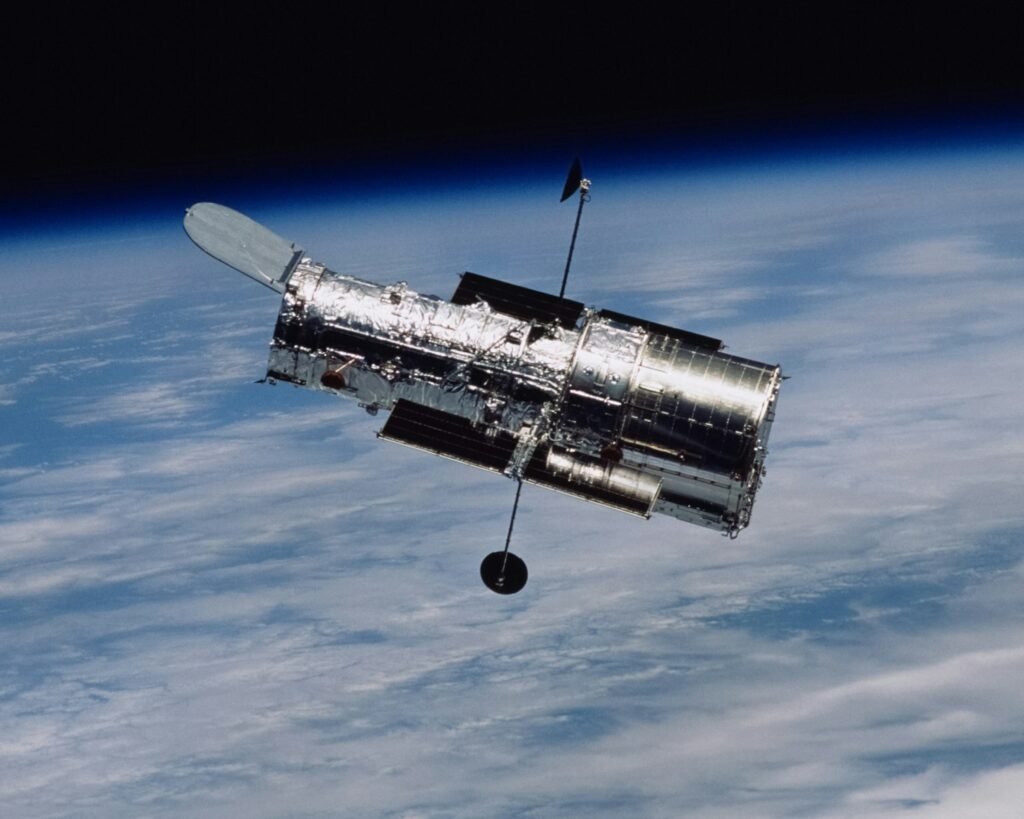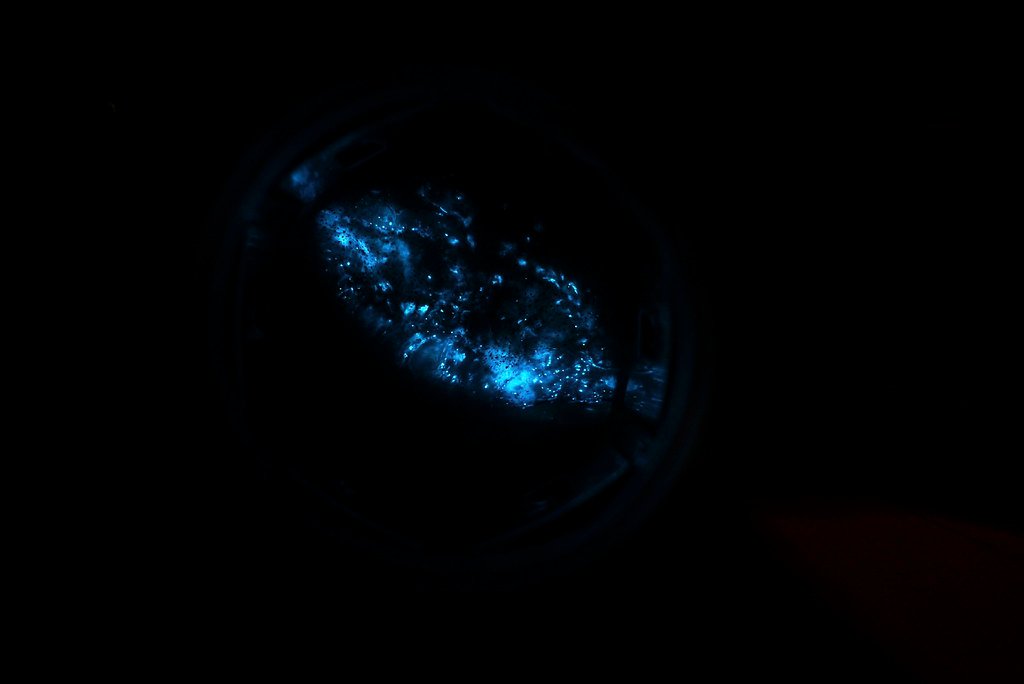Evolution is a testament to the resilience and adaptability of life on Earth. At its core, evolution is driven by genetic mutations—small changes in DNA that can lead to the remarkable diversity of life we see today. From microscopic bacteria to massive blue whales, mutations have played a crucial role in shaping the biological tapestry of our planet. In this article, we’ll delve into 12 fascinating genetic mutations that have not only driven the evolution of various species but also revolutionized our understanding of life’s complexity.
The Lactase Persistence Mutation in Humans

Lactase persistence is a textbook example of a beneficial mutation in humans. Most mammals lose the ability to digest lactose, the sugar found in milk, after weaning. However, a mutation in the lactase gene allows some humans to continue digesting lactose into adulthood. This adaptation offered a nutritional advantage to populations that practiced dairy farming, highlighting the interplay between culture and genetics.
Color Vision in Primates

The evolution of trichromatic color vision in primates, including humans, is attributed to a duplication mutation of the opsin gene. This mutation allowed primates to distinguish between red and green hues, potentially giving them an advantage in detecting ripe fruits and young leaves, thus improving their diet and survival chances.
Antifreeze Proteins in Arctic Fish
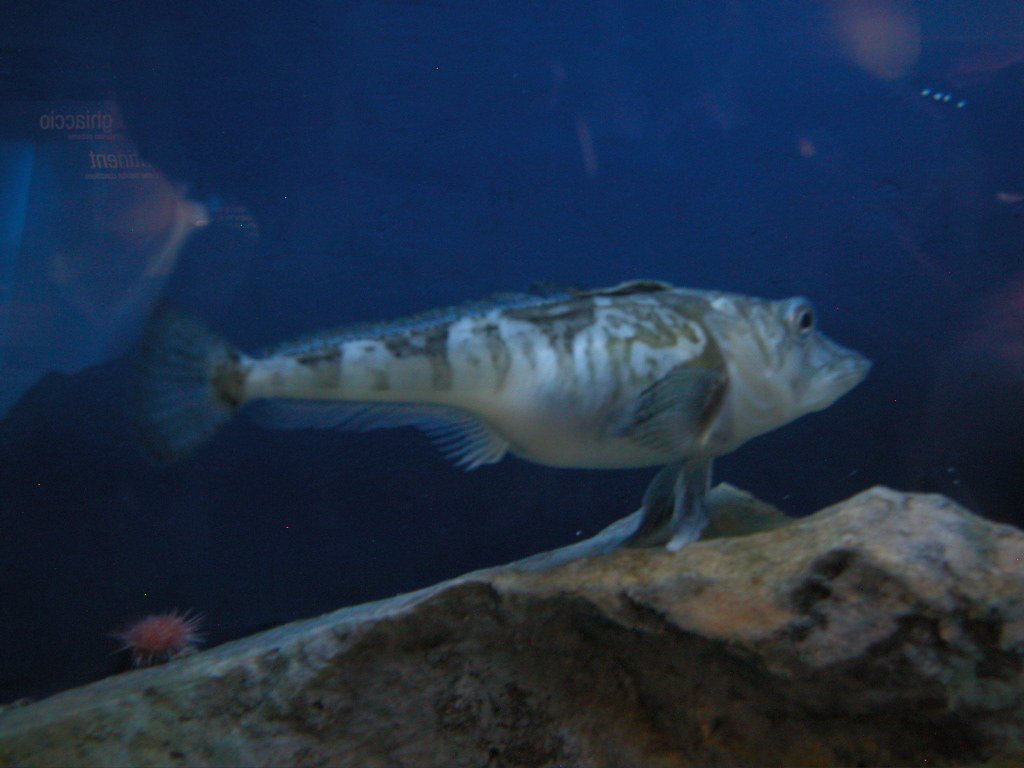
In the inhospitable icy waters of the Arctic and Antarctic, certain fish species have evolved a life-saving adaptation: antifreeze proteins. These proteins, resulting from genetic mutations, prevent ice crystals from forming in the fish’s blood, enabling them to survive in subzero temperatures where most other life forms would perish.
Hemoglobin Adaptation in High-Altitude Animals
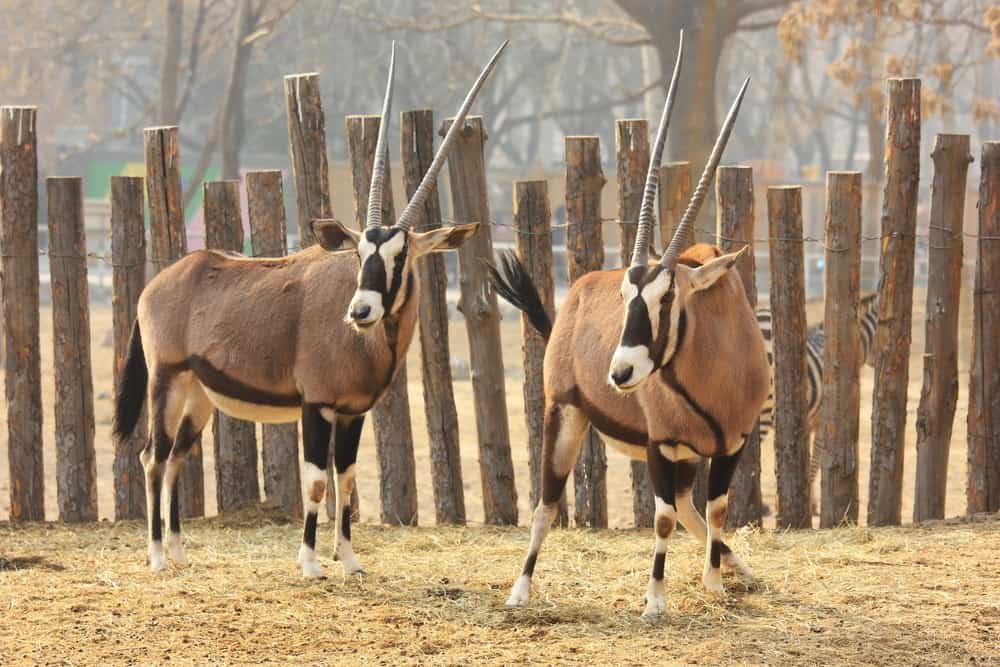
Some animals living in high-altitude environments, such as llamas and the Tibetan antelope, have evolved to have hemoglobin with an increased affinity for oxygen. This genetic adaptation allows them to thrive in low-oxygen environments, underscoring the incredible versatility of life in adapting to diverse habitats.
Electric Organs in Electric Fish
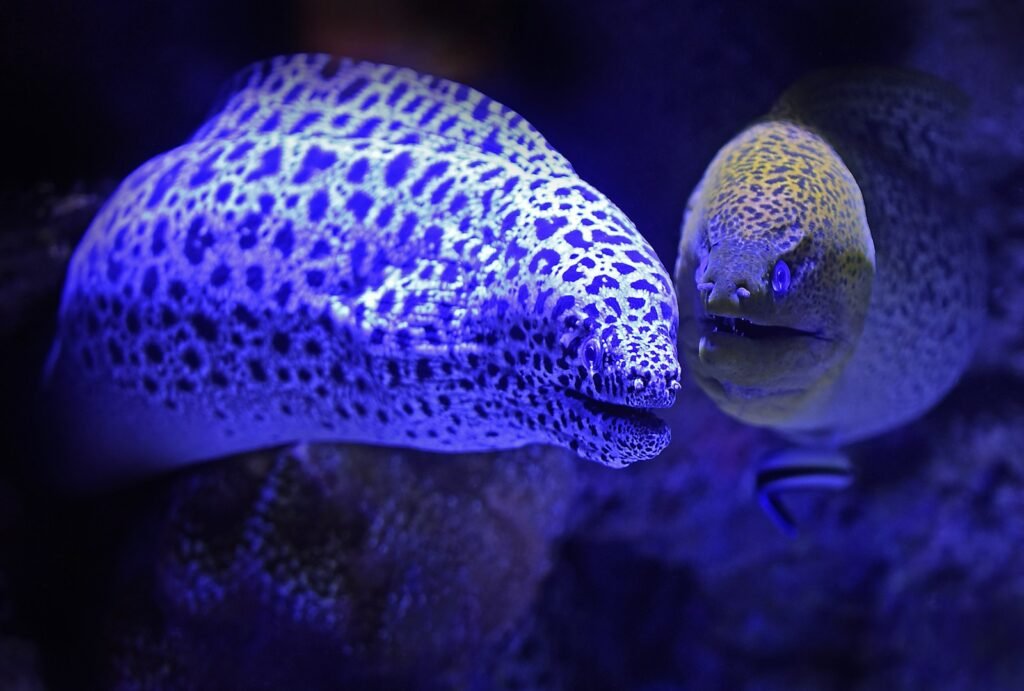
The electric organ in species like electric eels and electric rays is a fascinating result of multiple genetic mutations. Muscle cells have been repurposed to produce electric fields, which these fish use for navigation, predation, and communication, illustrating nature’s ingenuity in adapting to challenges.
Camouflage and Mimicry

Mutations leading to variations in skin coloration and patterns have enabled some species to blend in with their environment or mimic other species. This adaptation can deter predators or assist predators in ambushing prey, showcasing evolutionary strategies for survival through genetic changes.
Venom in Predatory Species

Genetic mutations have given rise to the complex venom systems found in creatures like snakes, spiders, and jellyfish. These adaptations provide offensive and defensive capabilities, allowing these species to capture prey and deter predators, highlighting the fine-tuning of evolutionary arms races.
Flight in Birds and Bats

The evolution of flight in birds and bats is a remarkable combination of anatomical changes driven by genetic mutations. Modifications in limb structure and muscle development underscore the role of mutations in enabling diverse forms of locomotion and ecological niches.
Antler and Horn Development in Mammals

Genetic mutations affecting bone growth have influenced the evolution of antlers in deer and horns in cattle. These structures play crucial roles in mate competition and defense, demonstrating how genetic variations can be leveraged for reproductive success.
Hibernation and Metabolic Slowdown

Several species have evolved mutations that allow them to enter states of hibernation or torpor, reducing metabolic rates and conserving energy during harsh conditions. This adaptation is critical for survival in environments with seasonal food shortages, highlighting life’s ability to overcome environmental challenges.
Giantism and Dwarfism
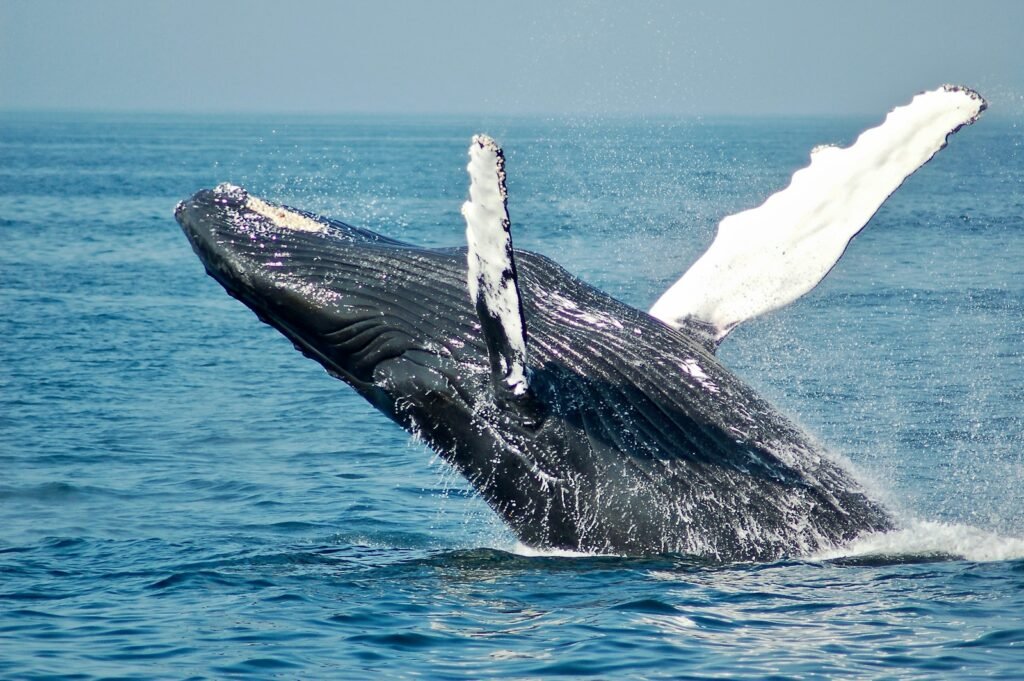
Mutations in growth-regulating genes have led to instances of giantism and dwarfism in various species. Whether it’s the massive size of the blue whale or the diminutive stature of pygmy species, these genetic variations demonstrate the extensive range of possible adaptations within evolution.
The Loss of Limbs in Snakes
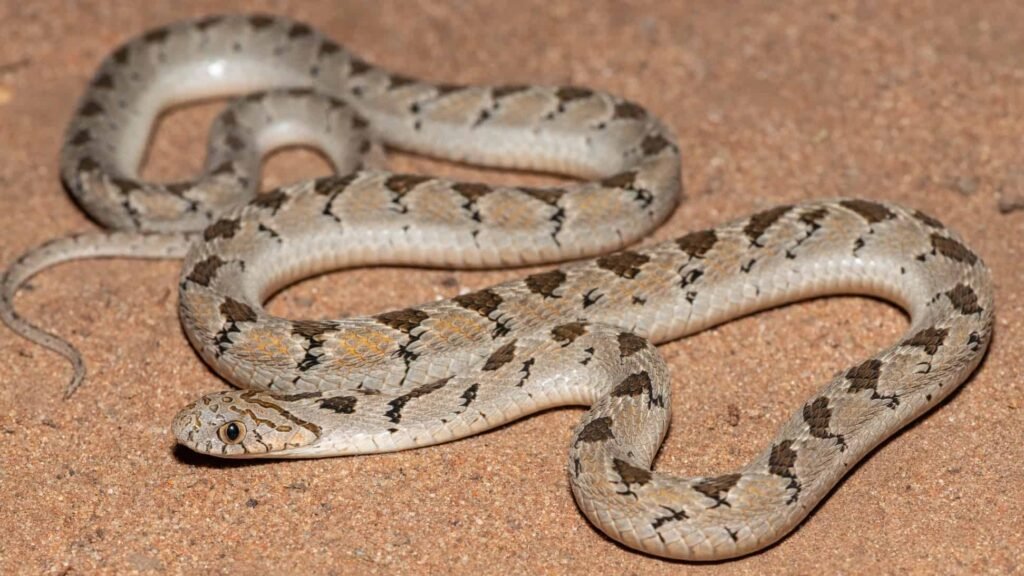
The transformation from lizards to limbless snakes involved mutations in genes governing limb development. This adaptation facilitated improved mobility and burrowing, showcasing how significant morphological changes can result from genetic mutations.
Conclusion

Genetic mutations are the unsung heroes of evolutionary change, providing the raw material for natural selection to act upon. As we’ve explored, these mutations range from altering physiological processes to driving significant morphological evolution. They underscore the dynamic and ever-changing nature of life on Earth. By understanding these genetic changes, we not only gain insights into the past but also equip ourselves to anticipate future evolutionary trends. In the grand tapestry of life, mutations are the threads that weave the diverse and intricate patterns of existence.


